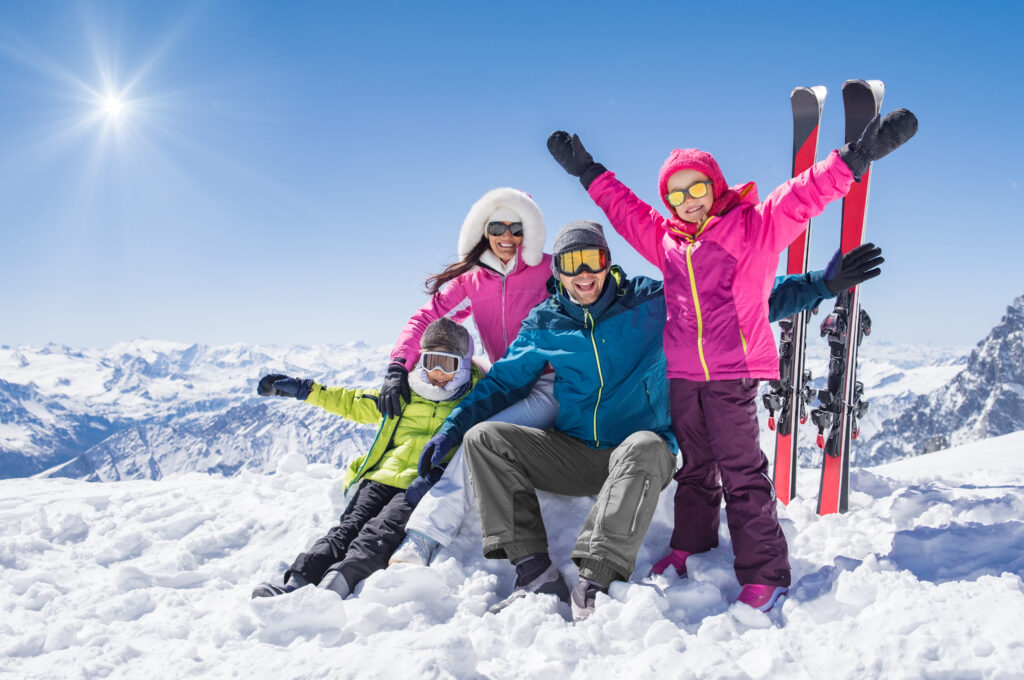
In a world faced with the problems inherent in climate change, the practice of skiing is increasingly raising questions. This resource-hungry sport, practiced in particularly sensitive natural areas, has a non-negligible impact on our planet. But can skiing really be environmentally friendly?
Is skiing ecological or an environmental disaster?
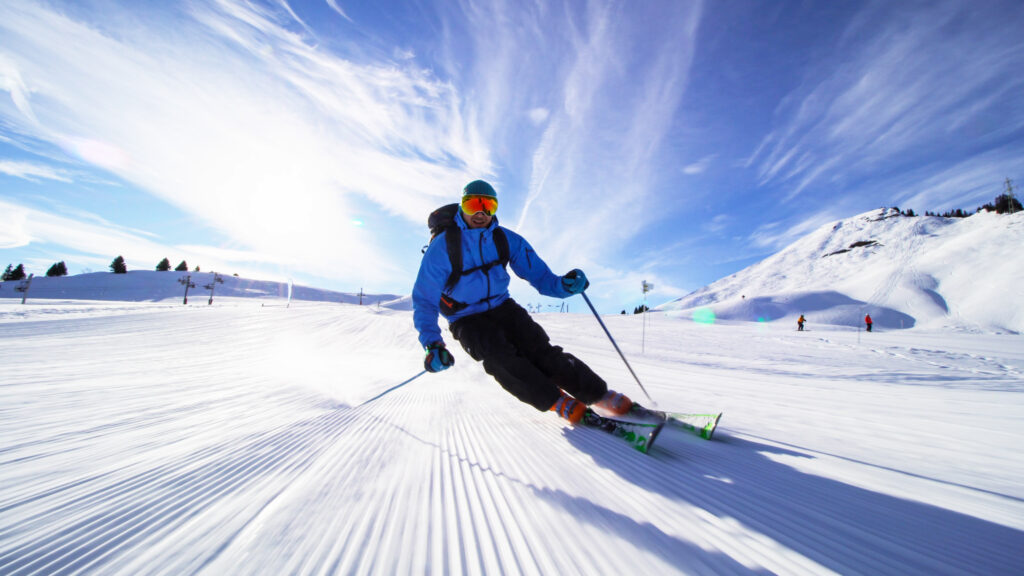
The 21st century has already broken the record for the hottest year on record on several occasions. Against this backdrop, mountain areas are particularly vulnerable, as temperatures in high-altitude regions rise more rapidly. However, higher temperatures also mean less snow, or even no snow at all, and this disrupts the economic equilibrium of ski resorts. To maintain activity, they install snow cannons. This is the first threat to the environment: to produce just one hectare of artificial snow, snow cannons use between 3 and 4,000m3 of water, the equivalent of more than an Olympic-sized swimming pool! In addition to being water-hungry, snow cannons consume an enormous amount of energy.
But guns aren't the only obstacle to eco-friendly skiing. According to ADEME, the French agency for ecological transition, skiing also generates greenhouse gases. More specifically, car transport to the resort generates 57% of the total emissions produced during a ski holiday, followed by heating and electricity consumption, which is responsible for 27%. In short, it's a case of the snake biting its own tail, and in addition to suffering from global warming, skiing also contributes to it..
Finally, skiing also poses a problem in that it takes place in particularly sensitive natural environments. The sport tends to disturb the flora and fauna, while the resorts themselves create artificial soil, not to mention the waste they produce, which sometimes ends up in the wild.
However, skiing in an environmentally-friendly way is far from impossible. Just follow the recommendations below.
Resorts committed to environmentally-friendly skiing
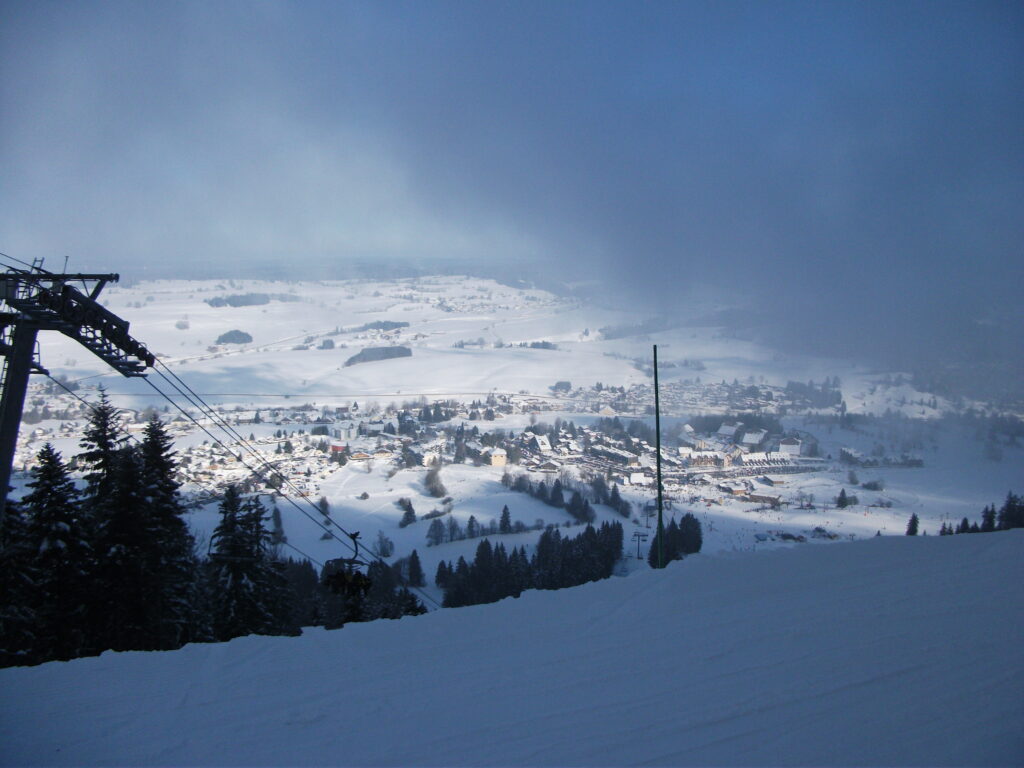
More and more ski resorts are making a commitment to eco-friendly skiing. Domaines Skiables de France (DSF) has asked all public and private players in the market, including ski lifts and resorts, to sign a charter of 16 commitments to greener winter sports. These are divided into five main pillars: water and agriculture, biodiversity, landscapes and waste, and carbon neutrality, scheduled for 2037. To achieve this, the ski areas will be converting their fleet of diesel-powered snow groomers, which produce 95% of the resorts' greenhouse gas emissions, to run on non-polluting fuels. Compagnie des Alpes has already converted all 10 of its ski areas to run on eco-fuels made from used vegetable fats and oils.
More and more resorts are seeking to diversify their activities. So, rather than pushing the limits of the environment ever further, by multiplying the number of cannons and climbing higher and higher to cope with dwindling snow, some are seeking to adapt, and offer sporting activities that are not dependent on snow. Such is the case of Métabief, in the Doubs region of France, which has simply accepted its fate and plans to cease skiing between 2030 and 2035, due to a lack of snow. However, the resort still intends to make the most of its mountain attractions, focusing on non-polluting activities such as mountain biking.
Labels to guarantee committed resorts
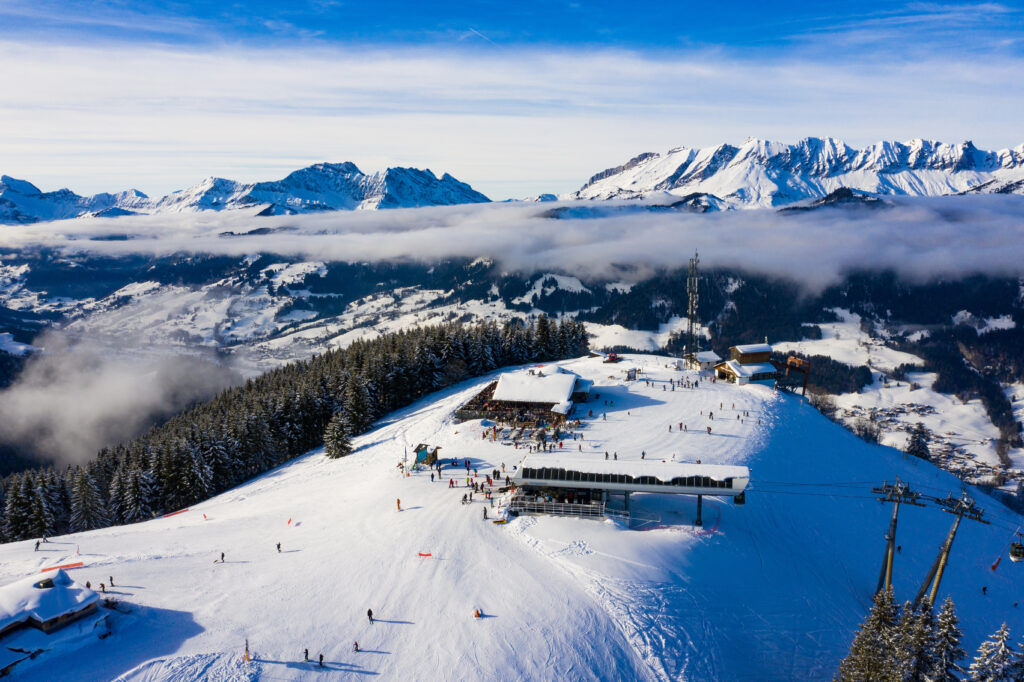
Mountain Riders, a Chamonix-based association for sustainable development in the mountains, has developed the Flocon Vert label. This label rewards more than twenty resorts for their commitment to sustainable development. If a resort displays the Flocon Vert label, it means it meets 20 criteria for environmentally-friendly skiing. These strict specifications include, among other things, responsible operation of the ski area, sustainable development, vehicle management and adaptation to climate change.
If you want to ski in an environmentally-friendly way, it's a good idea to refer to the Flocon Vert label, which guarantees that you're skiing in a resort that's committed to the environment. Labeled resorts include Chambrousse, Les Arcs, Les Rousses, Megève, Morzine-Avoriaz, Tignes, Chamonix Valley and Val d'Isère.
There are other eco-labels for resorts, such as Station Verte, which indicates, among other things, that the resort is involved in environmental awareness and preservation initiatives, or offers environmentally-friendly means of transport.
The Cimes Durables trophy, awarded by the Association National des Maries de Stations de Montagne, recognizes sustainable initiatives implemented by ski resorts. The association also offers support for ski resorts wishing to make a commitment to eco-friendly skiing.
Choosing eco-responsible accommodation
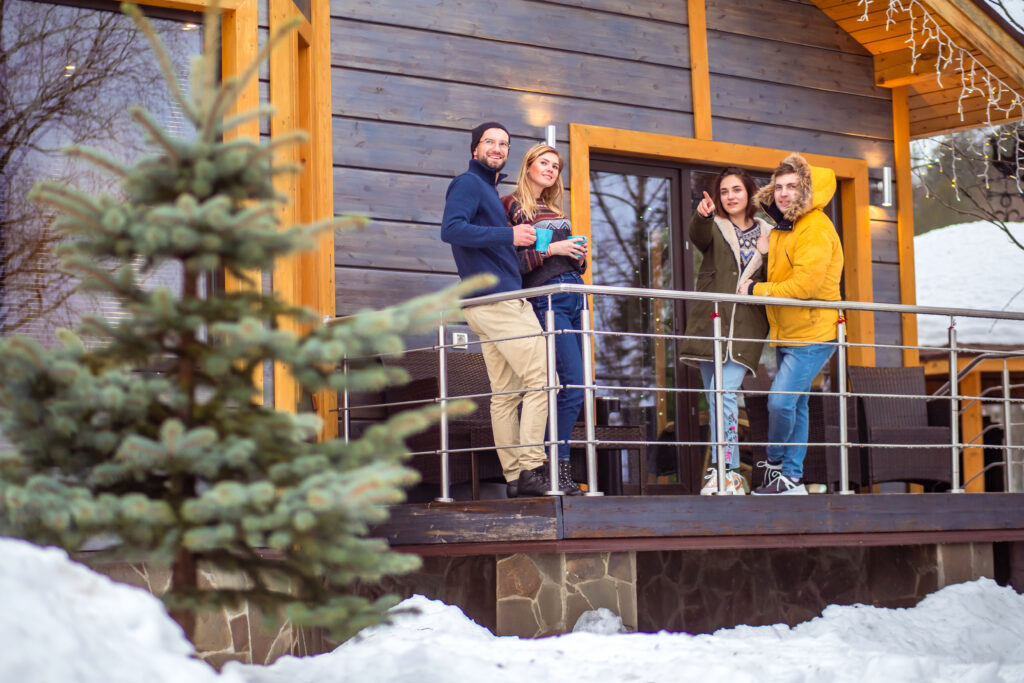
Just like resorts, accommodation also benefits from their own labels. Several eco-friendly hotel labels offer a guarantee of eco-friendly skiing. The Green Globe label, aimed at all players in the tourism industry, from hotels to transport, restaurants and other service providers, guarantees that the beneficiary is committed to sustainable development. You can also place your trust in the European Ecolabel, aimed at accommodation in particular, and based on 60 environmental criteria.
To take things a step further, you can even choose restaurants that have also been awarded labels, such as Green Food or Écotable.
Buy second-hand equipment
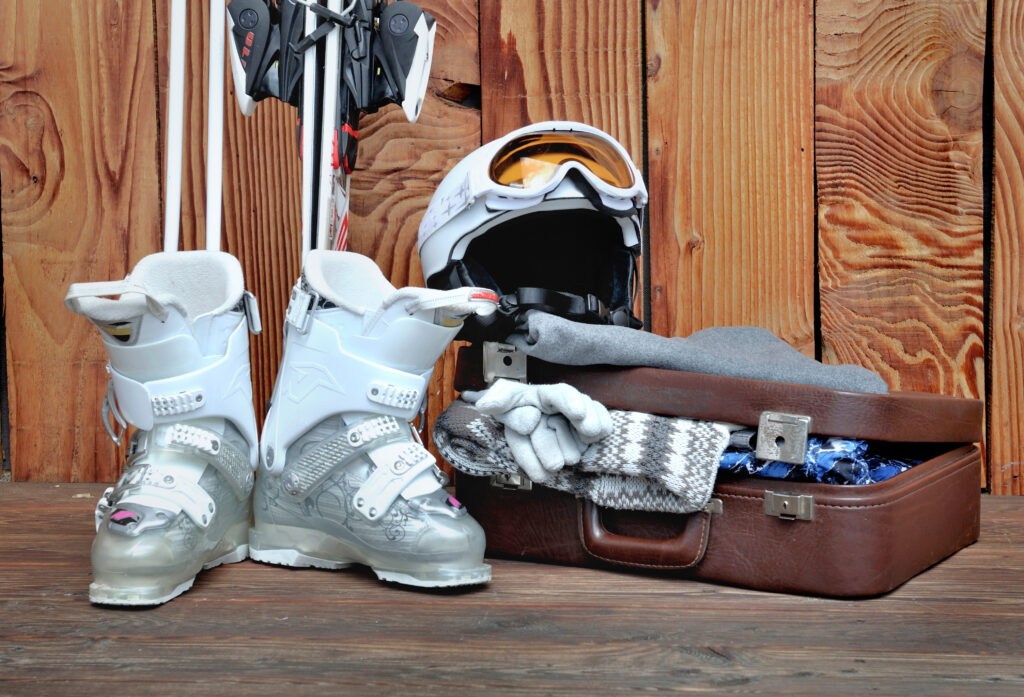
Ecological skiing also involves equipment. First of all, when it comes to your equipment, try to opt for rental rather than purchase. This will limit the production of new equipment, which is costly in terms of natural resources and also produces its share of greenhouse gases.
If you can't resist buying, choose second-hand rather than new. It's easy to find all kinds of second-hand equipment, from skis to winter clothing, helmets, gloves, sledges, snowshoes... If you're buying new ski clothing, opt for committed brands such as Patagonia, and avoid over-polluting materials such as perfluorocarbons (PFCs).
Avoid taking the car
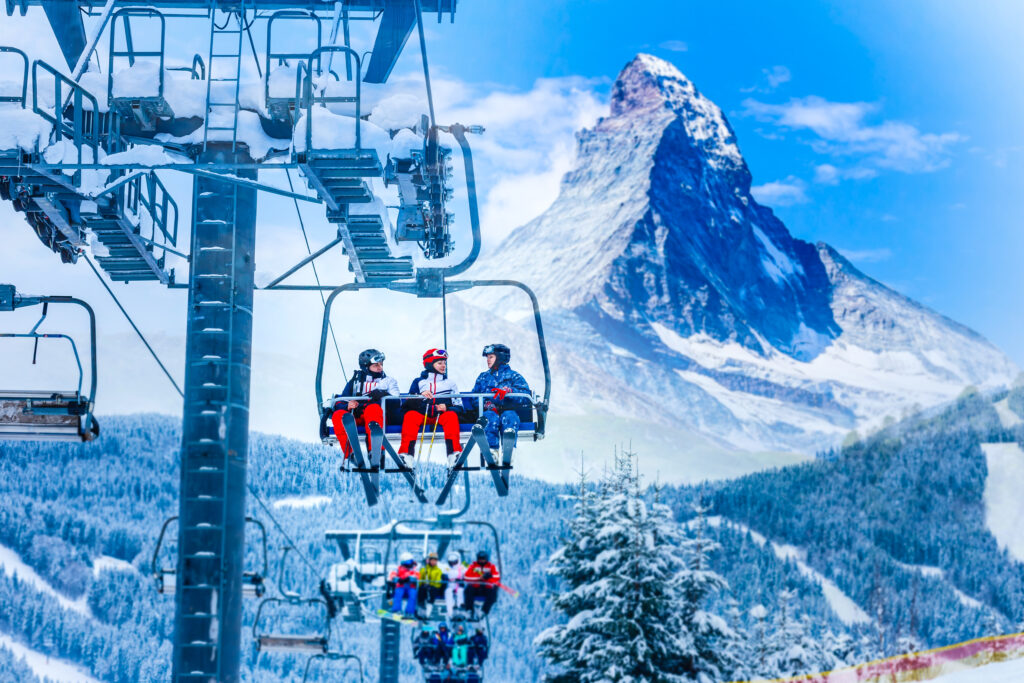
When it comes down to it, when you're on vacation in the mountains, transportation is responsible for the majority (two-thirds) of greenhouse gas emissions. So, if you want to take action and ski in an environmentally-friendly way, it's essential to avoid the car.
Fortunately, several French and European resorts are fully accessible by train. In France, for example, we have Les Arcs, a resort that has it all: accessible by train, and with the Flocon Vert label! All you have to do is take the train to Bourg-Saint-Maurice, where a funicular will take you to the foot of the slopes in just 7 minutes. It's the only French resort accessible by funicular!
Other resorts include Ax 3 Domaines in the Pyrenees, accessible by night train from Paris or other stations. Serre Chevalier can also be reached by train from Paris, Marseille, Grenoble or other cities, via Briançon station, from where a fast shuttle bus takes you to the resorts. Avoriaz, a car-free resort since the 1980s, can be reached by sleigh or horse-drawn carriage after taking the train. On the Swiss side, the resorts of Zermatt, Leysin, Wengen and Verbier are all accessible by train.


